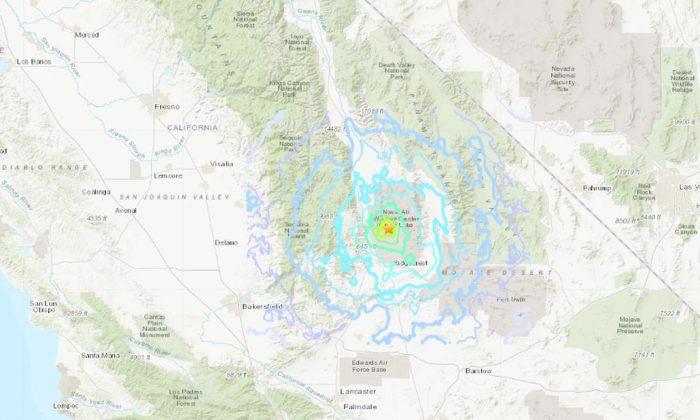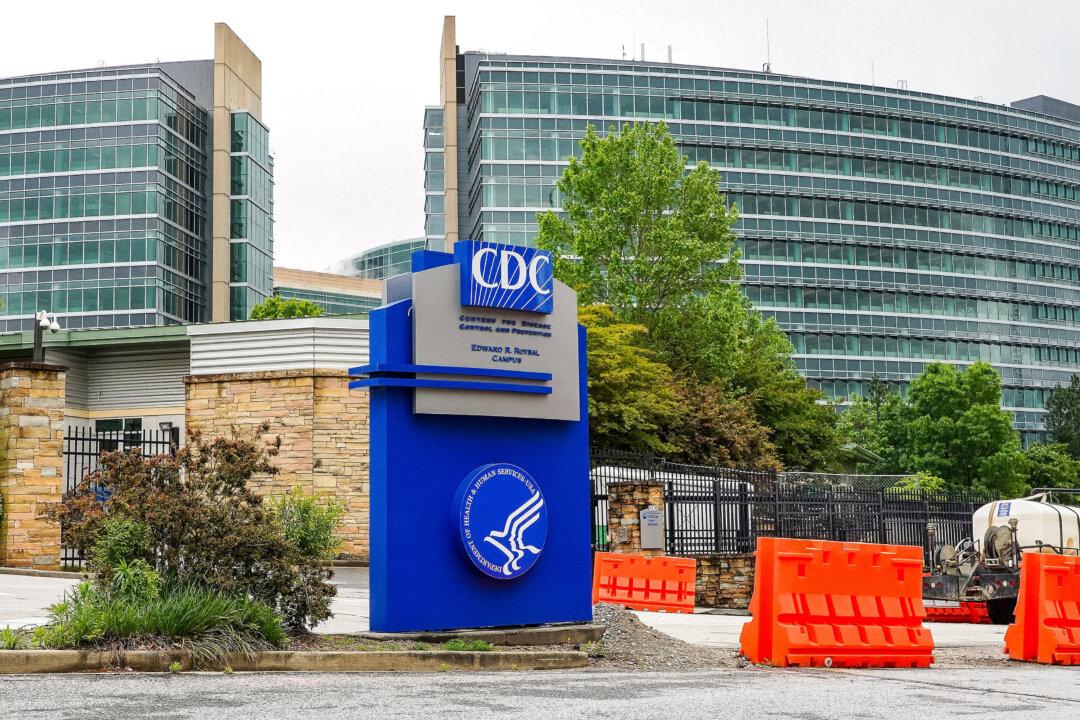A 5.0 magnitude earthquake hit Ridgecrest, California, on the afternoon of Aug. 22—among thousands of aftershocks to hit the region.
It hit about 20 miles north of Ridgecrest, the agency said.
Some 80,000 earthquakes are estimated to have rattled the region since July 4 when a 6.4 magnitude earthquake struck the area. A day later, a 7.1 quake hit, cracking building, setting fires, and damaging roads.
‘Wake-Up Call’
Gov. Gavin Newsom said it’s time residents did their part by mapping out emergency escape routes and preparing earthquake kits with food, water, lights, and other necessities.“It is a wake-up call for the rest of the state and other parts of the nation, frankly,” Newsom said at a weekend news conference on efforts to help a desert region jolted by back-to-back quakes.
“We’re going to have a magnitude 6, on average, somewhere in Southern California every few years. We’ve actually gone 20 years without one, so we have had the quietest 20 years in the history of Southern California,” said seismologist Lucy Jones of the California Institute of Technology.
“That’s unlikely to continue in the long run,” she added. “Geology keeps on moving … and we should be expecting a higher rate. And when it happens near people, it is going to be a lot worse.”






Friends Read Free